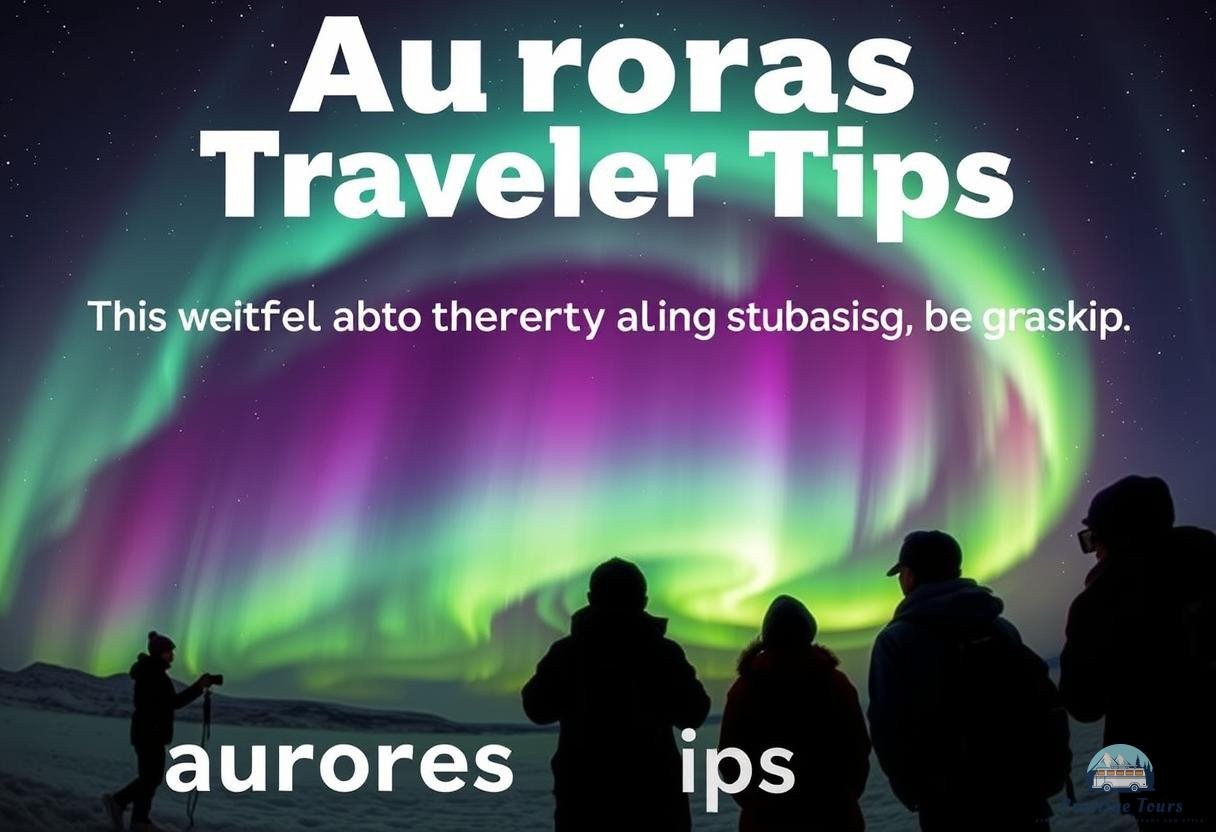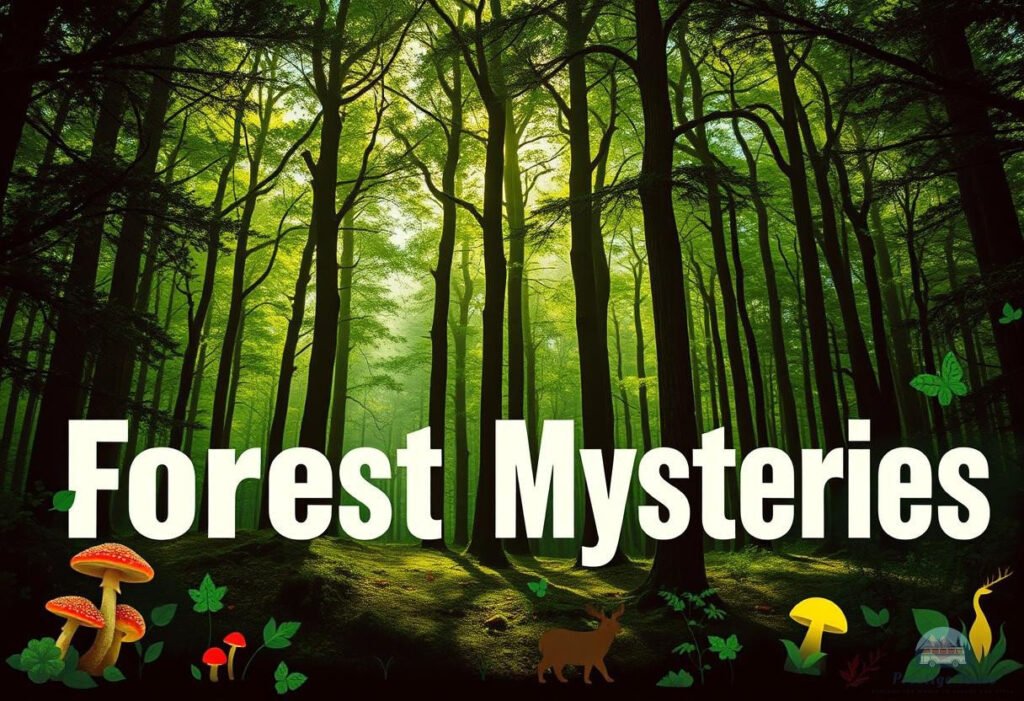The Charm of the Aurora Borealis: Myths and Realities of the Northern Skies
The aurora borealis is an amazing natural phenomenon that amazes and inspires people all over the world. These mesmerizing light shows observed in northern latitudes not only attract tourists, but also become the subject of many myths and misconceptions. In this article, we will look at the aurora borealis tips that will help you better prepare for observing this amazing spectacle.
Introduction to the world of polar lights
What are the auroras?
The auroras, also known as the polar lights, are light displays in the night sky caused by the interaction of the solar wind with the Earth's magnetic field. When charged particles from the sun enter the planet's atmosphere, they collide with air molecules, causing bright lights, often green, purple, and red.
Historical context and cultural significance
For centuries, the aurora borealis has inspired legends and myths among northern peoples. For example, the Eskimos believed that the lights were the souls of departed warriors dancing in the sky. For many cultures, the phenomenon was a sign of change, both good and bad. In the modern world, scientific research has allowed us to better understand the nature of this phenomenon, but it remains shrouded in an air of mystery.
Myths about the polar lights
Common Misconceptions and Their Refutation
There are many myths about the aurora that need to be dispelled. For example, many people believe that the aurora only appears in very cold weather. In fact, the main condition for observing them is a clear sky and the absence of light pollution, not the air temperature.
Legends and mythology of the northern peoples
Northern peoples have formed many myths around the aurora borealis. The Vikings believed that the aurora was a reflection of celestial warriors preparing for battle. The way different cultures perceive this natural phenomenon shows its deep cultural significance and beauty.
The Realities of Observing the Aurora Borealis

Conditions and places for observation
To successfully view the aurora, you need to choose a suitable location – preferably away from city lights, in areas with a good chance of clear skies. Well-known viewing regions include Norway, Iceland, Finland, and areas in Canada and Alaska.
- Norway: Tromsø and Lofoten Islands
- Iceland: Reykjavik and Thingvellir National Park
- Canada: Yellowball Towns in the Southern Yukon
Optimal time and weather conditions
The best time to observe the aurora borealis is considered to be the period from September to March, when the nights are longer and the sky is most often clear. It is also worth monitoring solar activity, as this directly affects the likelihood of the appearance of auroras.
Polar Lights Tips for Tourists
Preparing for a trip: what to take and how to dress
When planning a trip to see the aurora borealis, it is important to be prepared. Make sure you have warm layers, especially thermal underwear, a waterproof jacket, and sturdy shoes. Don’t forget to bring a camera to capture this amazing spectacle.
Best Places and Tours to See the Auroras
If you want to get the most out of your aurora viewing, consider signing up for a specialized tour. These offer experienced guides who can help you find the best spots and provide you with the necessary equipment. For example, visit Aurora Serviceto learn more about travel and viewing conditions.
Watching the aurora borealis is not only a spectacle, but also an opportunity to touch the culture and myths of the peoples of the North. Using aurora borealis tips, you can plan your trip and enjoy one of the most impressive natural beauties on the planet.












